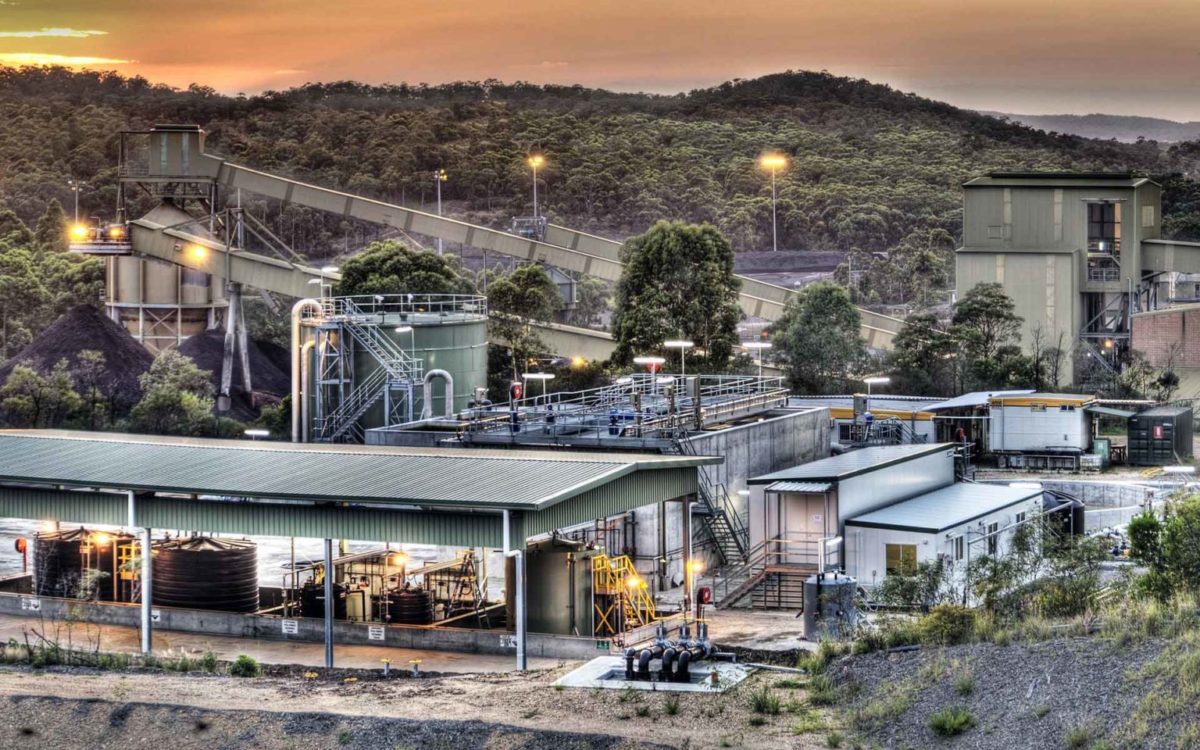A technical review and AUD 13.04 million (US$9.9 million) pilot trial to determine the feasibility of using an underground mine for pumped hydro will occur at Centennial’s Newstan Colliery in Fassifern, New South Wales.
The 125-year old mine has been on “care and maintenance” since 2014. The trial will look to take advantage of the site’s features, including an existing grid connection, proximity to major transmission lines, and secure water sources. It is expected that the existing features will lower the cost of transforming the facility for pumped hydro. If the trial is successful, it could lead to the repurposing of other retired mining sites.
The New South Wales government will inject AUD 4.16 million into the study as part of its AUD 75 million Emerging Energy Program. New South Wales Energy and Environment Minister Matt Kean said that supporting long-duration storage projects like pumped hydro is also a key part of the government’s recently announced Electricity Infrastructure Roadmap.
“Pumped hydro is not only a great source of cheap, reliable electricity, it is a huge creator of construction jobs and investment for host communities and the broader economy,” he said. “This project could change the way we rehabilitate retired mine sites – breathing new life into existing infrastructure links and supporting existing workforces and local economies to continue their contribution to our energy mix.”

Centennial Coal’s head of external relations, Katie Brassil, said that the project is “an important and tangible step” in the evolution of the company’s business from one solely based on coal, to a diversified energy company.
“This project will explore the potential to utilise our existing assets of land, geographic proximity to infrastructure, gas and underground mining voids to provide large scale energy storage and dispatchable generation in the future,” she said.
ARENA's role
The Australian Renewable Energy Agency (ARENA) will contribute AUD 995,000 to the project. The agency is determined to build upon current knowledge related to pumped hydro energy storage, while looking at new approaches to assessing pumped hydro developments.
CEO Darren Miller said the repurposing of brownfield sites like coal mines represents a significant opportunity for pumped hydro energy storage.
“Through Centennial’s study we aim to discover the factors that could lead to broad commercialisation uptake in repurposing brownfield sites and giving them a second life as energy storage facilities to support the growing share of renewable energy in our system,” he said.
Angus Taylor, the federal minister for energy and emissions reduction, said the trial will help determine if end-of-life coal facilities can be repurposed to continue contributing to Australia’s energy mix.
“The government is focused on getting the best energy outcomes for Australian households and businesses, and this requires new dispatchable sources of generation like gas and pumped hydro to complement intermittent renewables,” he said.
“This study will give us a better understanding of the commercial advantages that underground pumped hydro energy storage provides. By repurposing old sites and taking advantage of the features at those facilities, we can bring more clean energy projects online that bring down emissions and deliver the secure and reliable power Australians need.”
This content is protected by copyright and may not be reused. If you want to cooperate with us and would like to reuse some of our content, please contact: editors@pv-magazine.com.




By submitting this form you agree to pv magazine using your data for the purposes of publishing your comment.
Your personal data will only be disclosed or otherwise transmitted to third parties for the purposes of spam filtering or if this is necessary for technical maintenance of the website. Any other transfer to third parties will not take place unless this is justified on the basis of applicable data protection regulations or if pv magazine is legally obliged to do so.
You may revoke this consent at any time with effect for the future, in which case your personal data will be deleted immediately. Otherwise, your data will be deleted if pv magazine has processed your request or the purpose of data storage is fulfilled.
Further information on data privacy can be found in our Data Protection Policy.